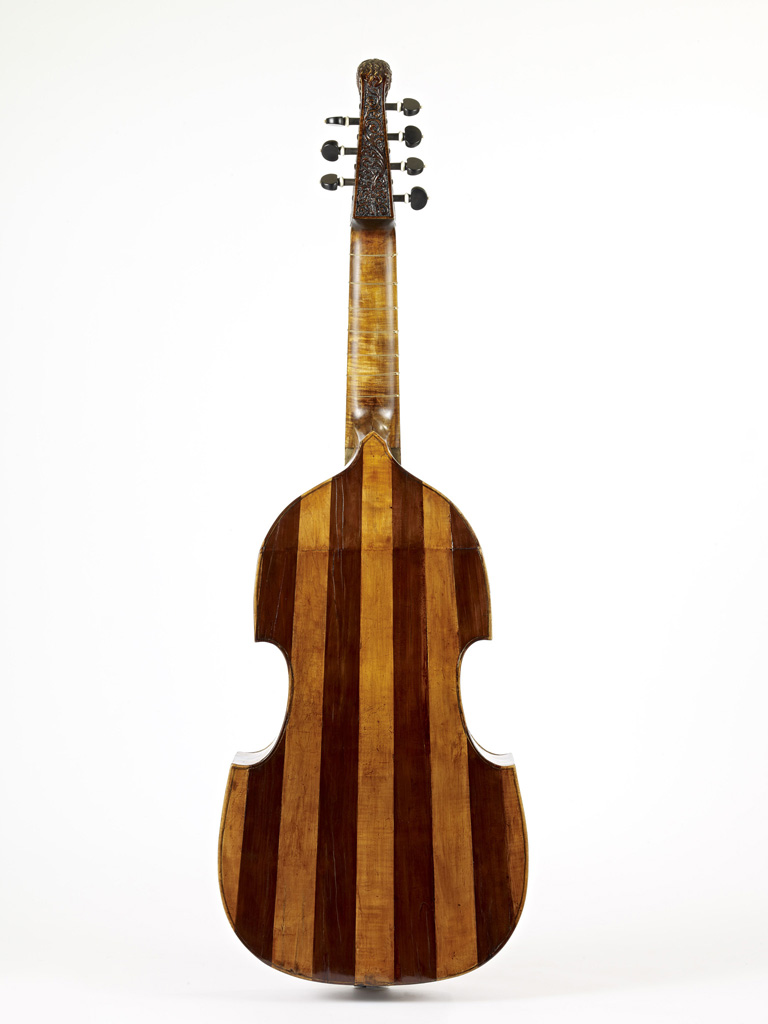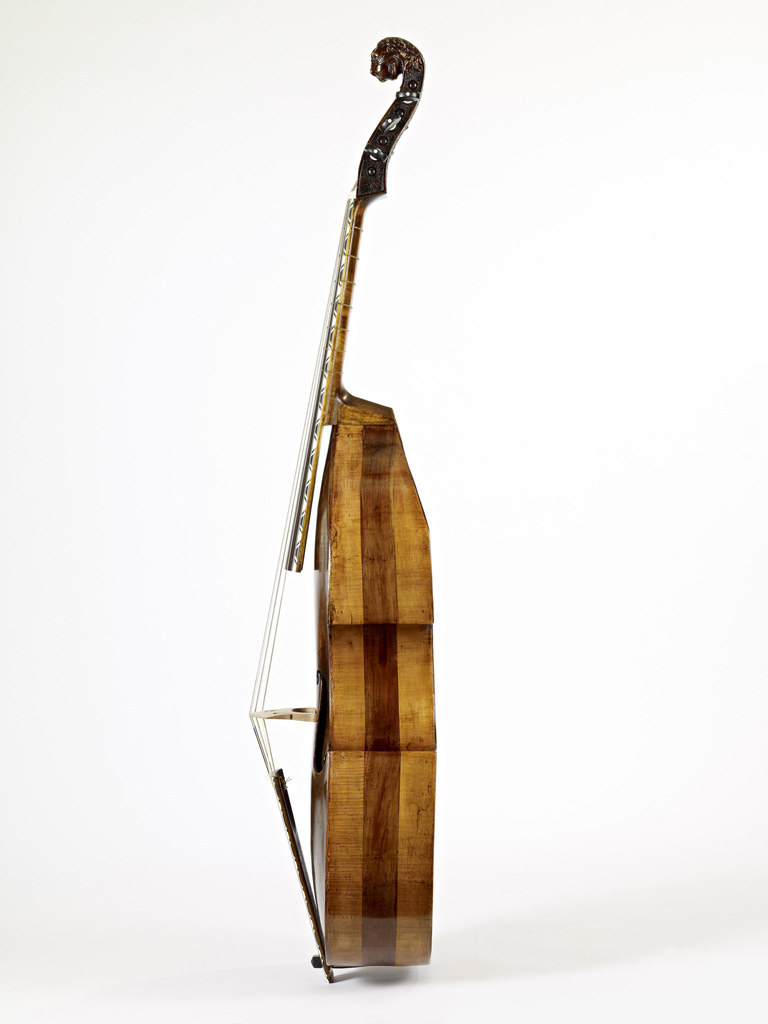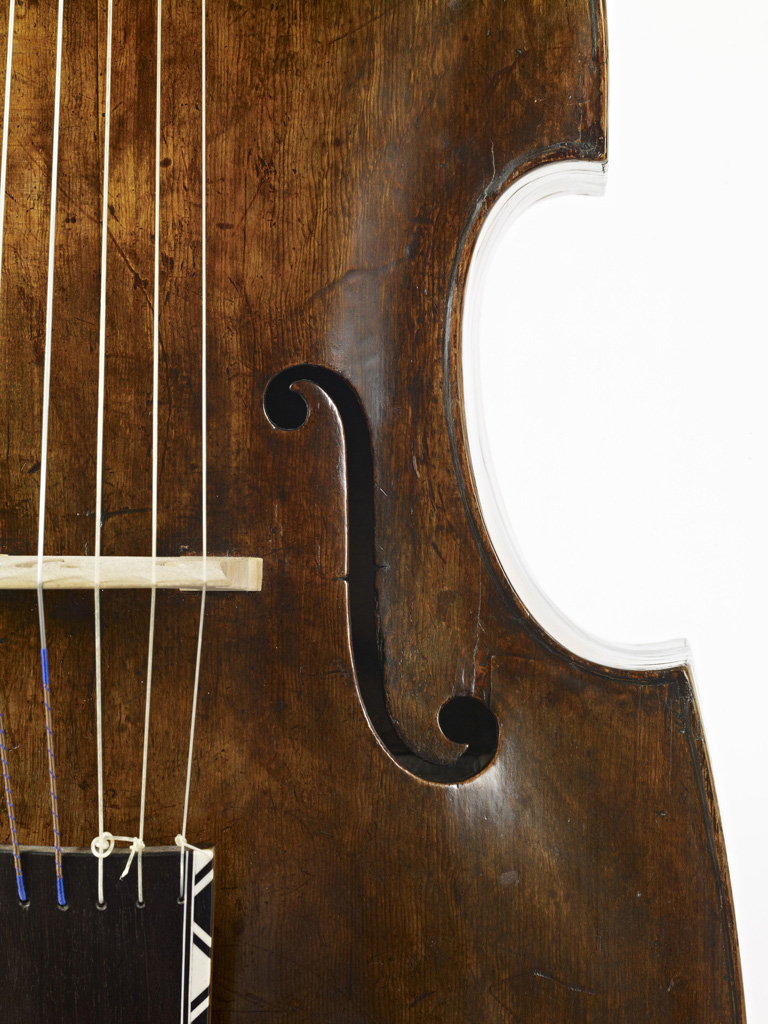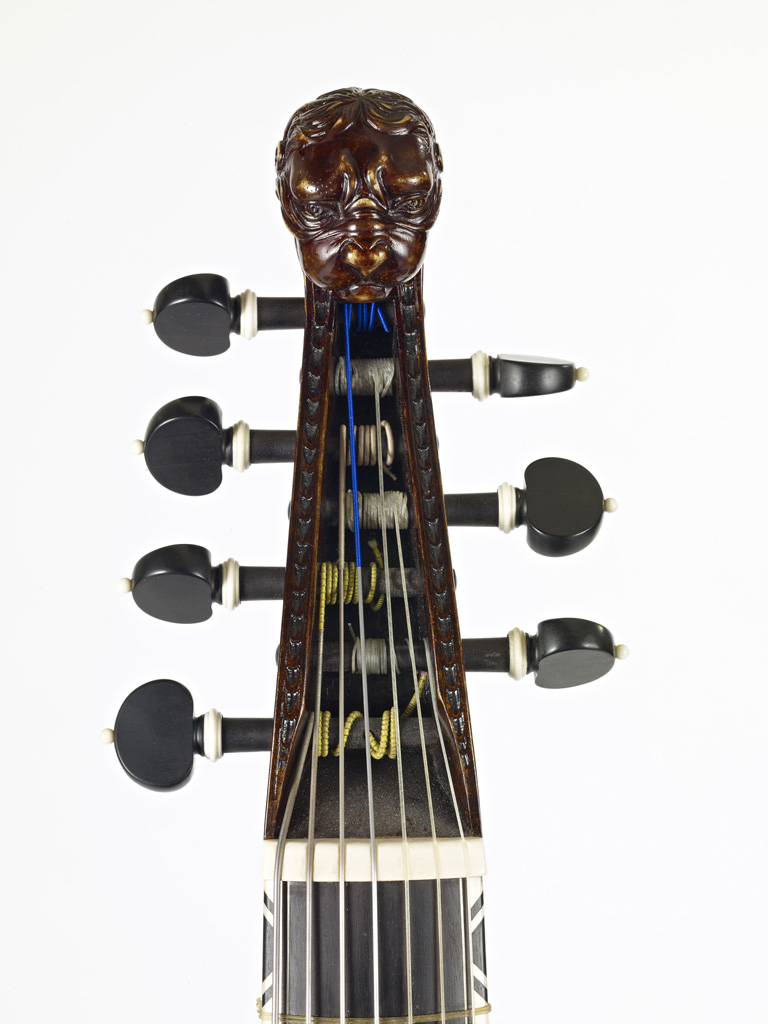Numerous members of the Seelos family were active as makers of stringed instruments (more often of the plucked than the bowed type) during the 17th century, both in Italy and in Austria. The best known among them, working in Venice from the sixteen-teens until about 1650, were the brothers Matteo (I) and Giorgio (I)—probably baptized as Matthäus and Georg—whose surname appears spelled in many different ways, in modern publications mostly as Sellas, elsewhere also Selles, Selos, Selas, etc. Matteo’s workshop was continued by his son Domenico until some time after 1675, while Giorgio was succeeded by a series of relatives continuing well into the first half of the 18th century. Their surviving output includes numerous varieties of lutes and guitars, but no bowed instruments.
Meanwhile, a first cousin of Matteo and Giorgio (I) by the name of Georg (II) Seelos had established himself in Innsbruck. (Members of the family’s German-speaking branch evidently preferred to spell their surname Seelos; although variants such as Selos, Seloss, and Seles also occur, the spelling "Seelas" on the present label is not found elsewhere.) In 1647 Archduke Ferdinand Karl granted him a monopoly for making stringed instruments. This Georg was the son of Magno Seelos from the village of Rieden a few miles north of the important violin-making center of Füssen, which in turn is located just north of the modern border between Austria and Germany and about 60 miles northwest of Innsbruck. After Georg’s death about 1668, his widow continued the business with the help of her two sons until 1681, when the elder, Johann Georg (Georg III, born about 1650) officially took it over after receiving an imperial appointment as a lute and violin maker. Unfortunately, his productivity was hindered by mental illness that first manifested itself a decade later and eventually resulted in his being institutionalized several years before his death in 1724. Georg III’s younger brother Johann (or Johannes, born in 1654) moved to Linz in 1679, where in 1698 he was awarded a similar regional monopoly that remained in this branch of the family for at least the next half-century.
Violin-family instruments survive from all three workshops, as well as two barytons (both dated 1684), a bass viol (1691), two lutes (1699 and 1710), and a viola d’amore (1712) by Johann Seelos in Linz. However, the only extant viols associated with the name Georg Seelos of Innsbruck are a tenor now at the Gemeentemuseum in The Hague and the present bass. The tenor is dated 1660 and must therefore have been made by Georg II, since his son and namesake was only about ten years old at the time, but the situation is less clear for the Caldwell Collection’s bass. Its printed label reads simply "Georgius Seelas In Insprugg"; because no date is specified, the instrument could have been made by either the father or the son. The suggestion that it dates from about 1680 is probably based on the existence of a label reading "Georg Seelos in Insprugg 1680," which has been reproduced in several modern reference works and which must come from an (unspecified) instrument made by Georg III, since the date falls more than a decade after his father’s death. However, while the bass viol’s label does indeed use the same spelling for the city name, the form of the maker’s first and last names found there (Georgius Seelas) is currently unknown from other sources.
In 1974 Jim Caldwell wrote that "It is not possible to determine whether this viol was [originally] made with seven strings." If the suggested date of 1680 is at all close to the truth, it seems unlikely that it was, because the seventh string for low AA is believed to have been added by the Sieur de Sainte-Colombe only a few years before 1687, the date of Jean Rousseau’s treatise in which he is credited with this innovation, which presumably would have taken some time to reach foreign musical centers such as Innsbruck. Even in Paris, the earliest extant viols originally with seven strings date from no earlier than the 1680s (made in 1683 by Michel Collichon and 1687 by Nicolas Bertrand), while a 1693 instrument by Gregor Karpp in Königsberg appears to be the earliest made outside France whose seventh string can be considered original, followed by examples dated 1696 and 1699 by Joachim Tielke in Hamburg.






